Deadly bird flu H5N1 strain ‘could be Australia’s worst ecological disaster’
The latest, most devastating strain of bird flu could arrive in Australia any time and become our worst ecological disaster, devastating sea lions and Tasmanian devils, as well as birds, experts warn.
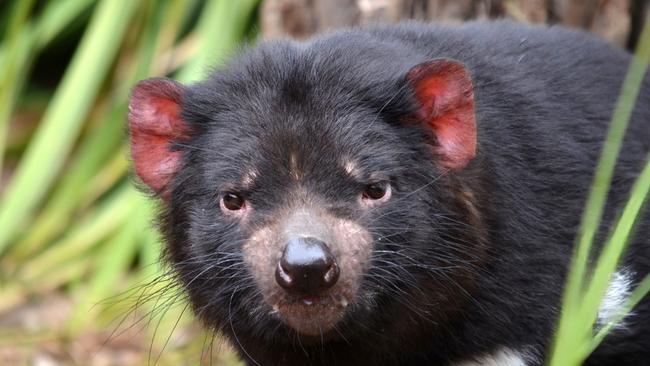
A new strain of bird flu threatens to be Australia’s biggest ecological disaster, decimating native birds as well as mammals including Tasmanian devils and sea lions, experts warn.
There is increasing concern among wildlife bodies that Australia is ill-prepared for the highly contagious latest H5N1 avian influenza strain, which has devastated bird and mammal species across Europe, Africa and South America.
Threatened Species Commissioner Fiona Fraser told The Weekend Australian the public needed to brace for the arrival of the virulent strain “any time from now”, while federal Environment Minister Tanya Plibersek flagged a national meeting of environment ministers to address the potential crisis.
“There is certainly the potential for H5N1 to have massive ecological consequences for Australian wildlife and for Australia’s already threatened species,” Dr Fraser said. “It will arrive at some point.
“The likelihood of this disease arriving this spring or essentially any time from now on has increased … from migratory birds or from island hopping north of Australia. It’s also in the Antarctic territories, so it could arrive up through the south.
“Australia already has over 2000 species which are threatened with extinction including 160 bird species that are threatened with extinction. So the prospect of another quite wide-ranging threat arriving which can impact populations en masse is a really concerning one.”
Dr Fraser supported calls from wildlife advocates for a special meeting of Australia’s environment ministers to better co-ordinate a national response.
Ms Plibersek revealed planning for such a summit was “well under way”, but the Invasive Species Council accused the government of “negligence” in devoting too little commitment to preparing for the virus.
Dr Fraser said threatened species could be “tipped over the edge” by the virus, which has wiped out millions of birds globally, impacting 500 avian species and 50 wild mammal species.
The virus has in recent times spread to more wild bird species, resulting in a doubling to trebling of deaths, and to mammals that eat dead or injured birds, such as seals and sea lions.
Dr Fraser said most Australian water birds would be affected by the virus, including ducks, swans, geese, seagulls, terns, pelicans, penguins, gannets and cormorants.
“Some are pretty common so can probably withstand some local mortality events, but we’ve got some species that have only one or two breeding populations,” she said.
“It is certainly a risk for Australian seal lion species as well. With carnivorous marsupials like the Tasmanian devil, we would assume that they will be susceptible, too.”
Dr Fraser said the virus could pose a particular threat to the survival in the wild of birds relying on captive breeding programs, including orange bellied parrots, plains wanderers and regent honeyeaters.
She agreed the new strain, also known as H5 HPAI, could be the nation’s biggest single ecological disaster, potentially exceeding the 2019-20 Black Summer bushfires, which drove more than 800 species closer to extinction.
However, she said the outcome would hinge on how populations recovered from the kind of mass mortalities seen overseas. These have included 30,000 sea lions in South America, 40 per cent of Peruvian pelicans, 76 per cent of Scotland’s breeding great skuas, and 97 per cent of southern Argentina’s seal pups in 2023.
“There is a bunch of things we are going to need to do if we are going to try to minimise the disease spread and to support the recovery of any impacted populations,” she said.
Measures being looked at included a stocktake of captive breeding populations, boosting their biosecurity, “spreading the risk” by creating new insurance populations, and targeted vaccination programs.
Early removal of infected bird carcasses – where safe and advisable – could help slow the spread of the virus.
Others measures could include restricting public access to affected sites, installing barriers in seabird colonies to restrict chick movement, and increasing environmental water flows to create better dispersed bird water sources.
More broadly, Dr Fraser said stronger efforts could be taken to reduce other threats to key species, such as from feral animals, to give them a better chance of recovery from the virus.
“There will be no avoiding mass mortality events; it’s about how we minimise those by being really strategic,” Dr Fraser said.
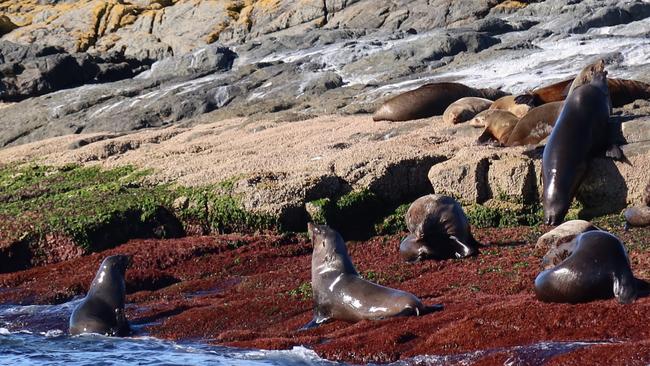
Australia’s Chief Veterinarian Beth Cookson earlier this month told a “war-gaming” event the virus represented a “significant risk” to wildlife, including scavenging animals such as sea lions, eagles and Tasmanian devils.
Dr Cookson told The Weekend Australian a recently increased risk rating reflected the new strain’s impact on “a greater range of animals” than previously.
“The consequences were … already considered extreme and … the overall likelihood ratings demonstrate that that risk has increased,” she said.
She did not disagree with those concerned that the virus could prove to be the nation’s single biggest ecological disaster. “That’s the reason we are doing the preparedness … in recognition that there are concerns,” she said.
The Invasive Species Council and other wildlife-focused bodies are demanding more funding and urgency to prepare for the virus.
“They know what’s potentially going to happen but are failing to properly commit to the funding for action,” said council advocacy director Jack Gough.
Mr Gough said other countries were conducting vaccine trials on wildlife, such as condors in the US, ground birds in New Zealand and penguins in South Africa.
Populations that could be targeted for such programs in Australia included a healthy devil population on Tasmania’s Robbins Island and sea lions around Kangaroo Island, South Australia, he said.
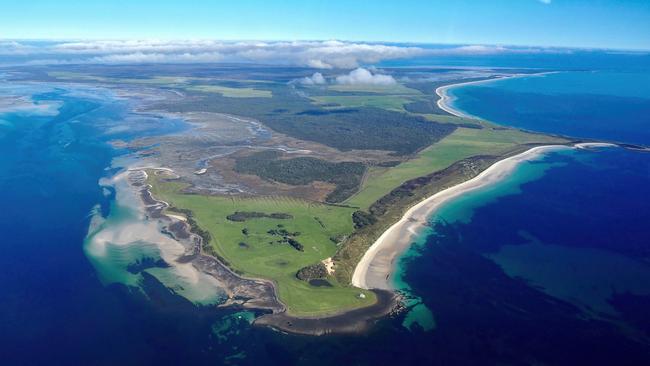
Tasmanian Greens senator Peter Whish-Wilson said the government had allocated only $580,000 to wildlife-focused H5N1 responses. “The imminent arrival of H5N1 is an urgent matter of national significance that requires an immediate and radical intervention,” Senator Whish-Wilson said.
Overall, the government is spending $6.9m on responses and surveillance. A July 2023 federally funded assessment found the risk posed by the virus had “increased and is considered high”, based on a “significant increase” in “expected consequences”.
Anyone finding wild birds suspected of having bird flu should not handle them but call 1800 675 888.


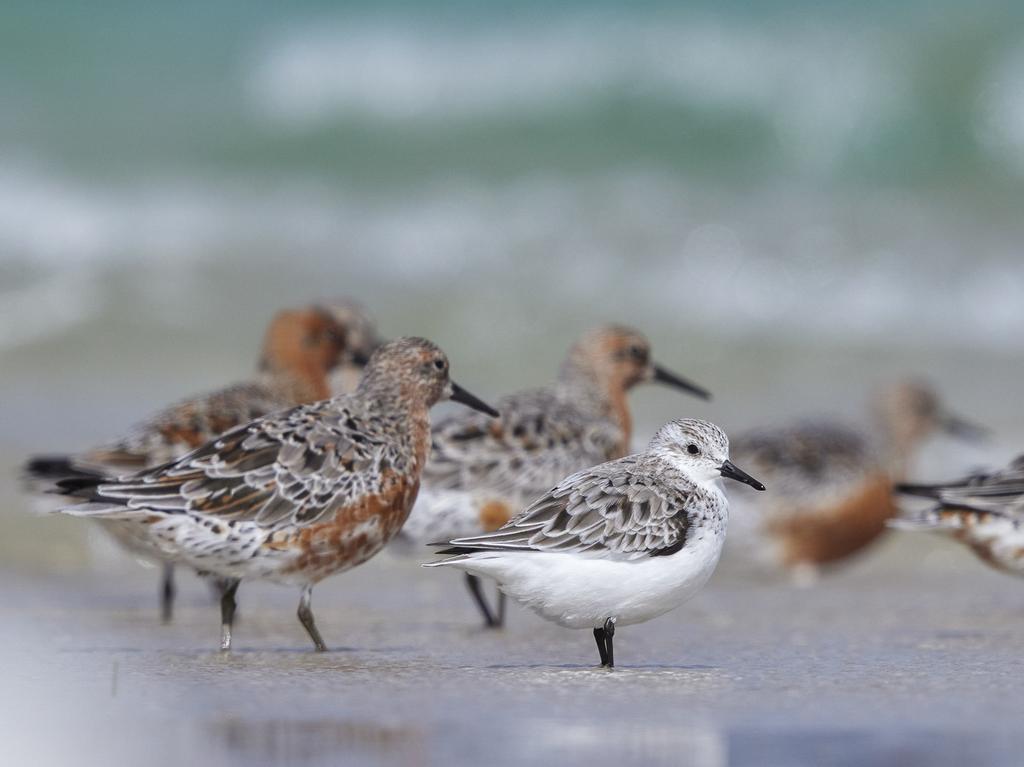
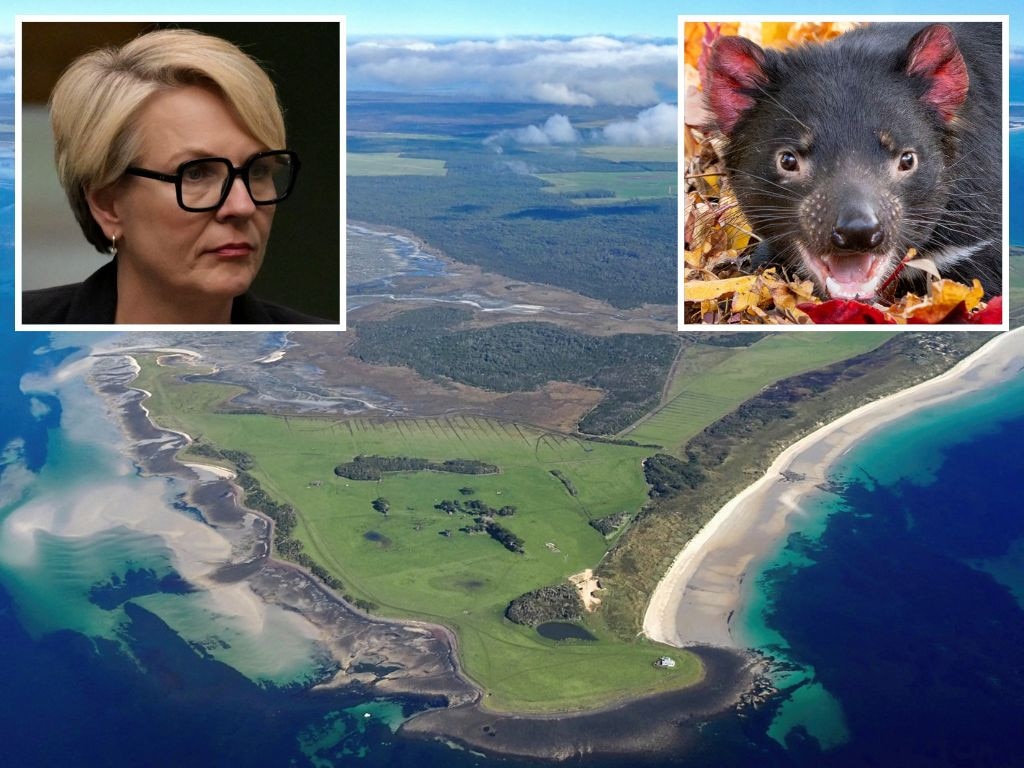
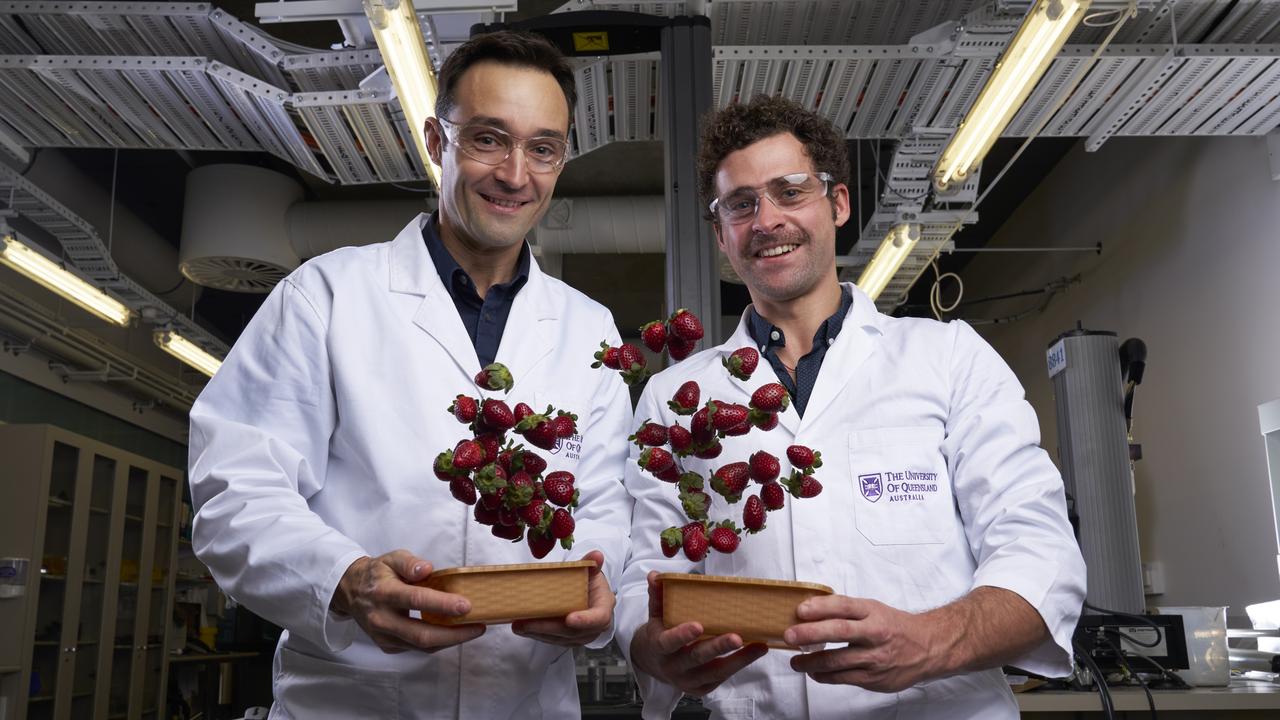

To join the conversation, please log in. Don't have an account? Register
Join the conversation, you are commenting as Logout